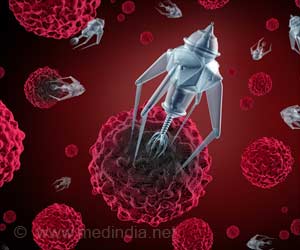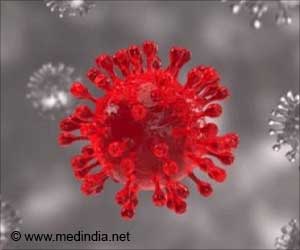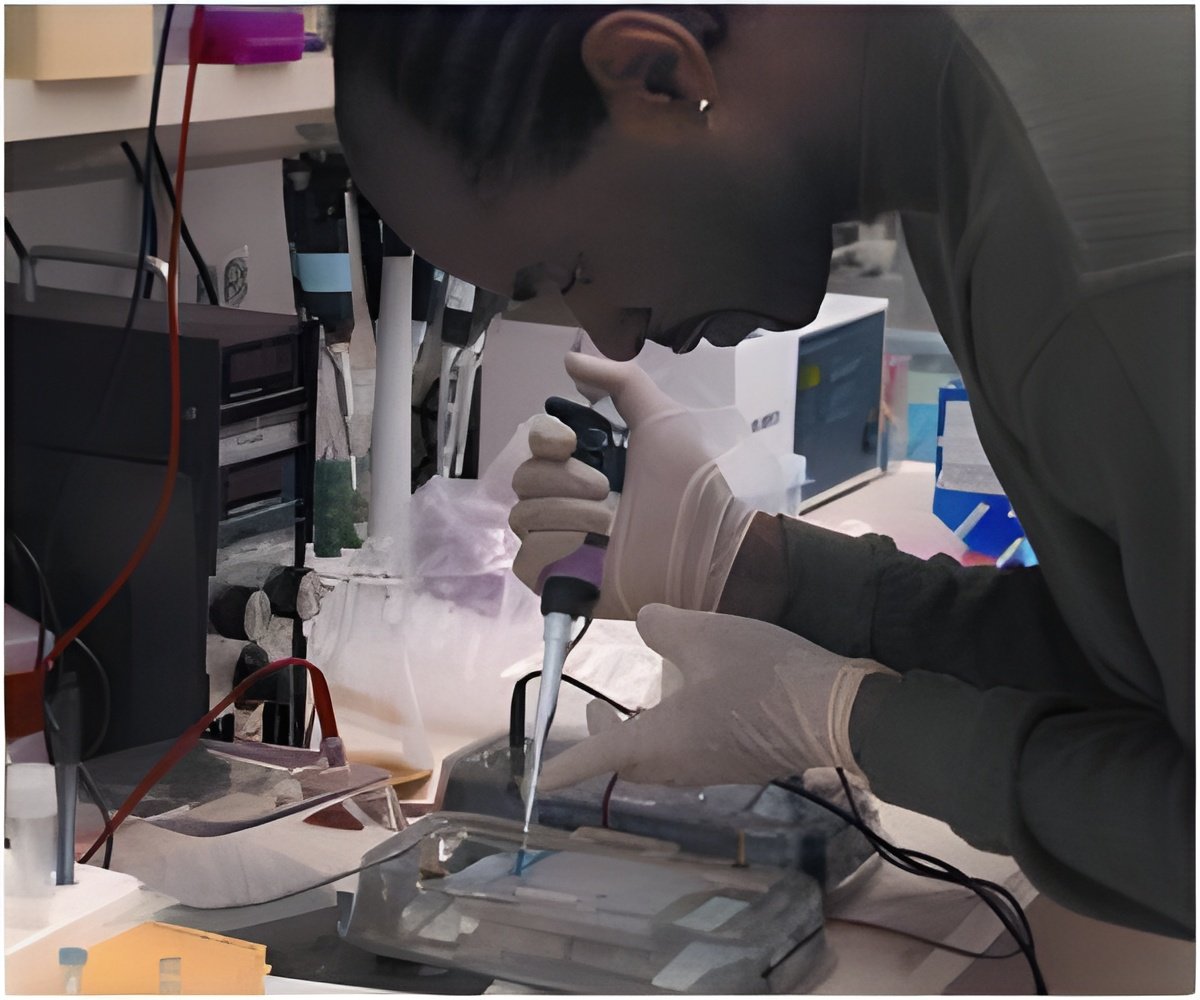“Not only is YAP either off or on, but it has opposite pro- or anti-cancer effects in either context,” Bremner said. “Thus, YAPon cancers need YAP to grow and survive. In contrast, YAPoff cancers stop growing when we switch on YAP.”
‘The researchers hope by deducing common vulnerabilities of the types of cancer, it may be possible to develop new therapeutic approaches and improve patient outcomes.’
Many YAPoff cancers are highly lethal. In their new research, Bremner and fellow researchers from the Roswell Park Comprehensive Cancer Center in Buffalo, NY, show that some cancers like prostate and lung can jump from a YAPon state to a YAPoff state to resist therapeutics.
When cancer cells are grown in a dish in a lab setting, they either float or stick down. The team of researchers found that YAP is the master regulator of a cell’s buoyancy, where all the floating cells are YAPoff, and all the sticky cells are YAPon. Changes in adhesive behavior are well known to be associated with drug resistance, so their findings implicates YAP at the hub of this switch, explained Bremner.
Joel Pearson, co-lead author and a post-doctoral fellow in the Bremner Lab at the LTRI, said therapies that tackle these cancers could have a profound effect on patient survival.
“The simple binary rule we uncovered may expose strategies to treat many cancer types that fall into either the YAPoff or YAPon superclasses,” Pearson said. “Moreover, since cancers jump states to evade therapy, having ways to treat either the YAPoff and YAPon state could become a general approach to stop this cancer from switching types to resist drug treatments.”
Source: Eurekalert



